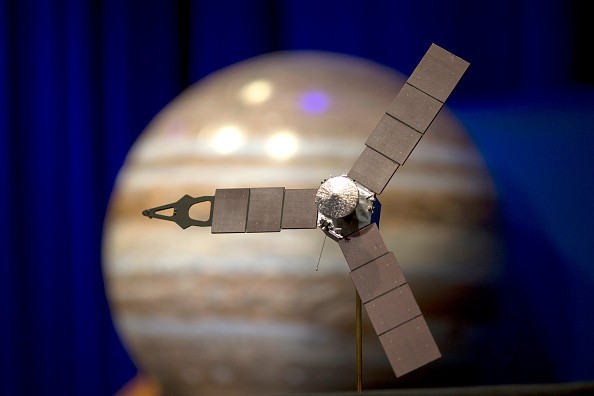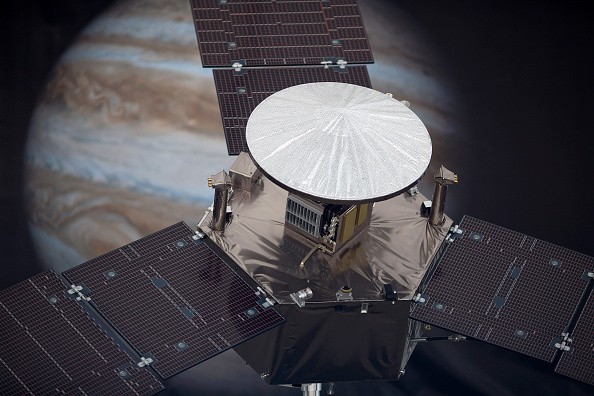NASA's Juno Probe, one of its popular image and video capturing satellites, was able to take some astounding photos of Jupiter and its largest moon, Ganymede. Aside from still images, the space agency's JunoCam was also able to generate an HD animation of the Red Giant and its massive natural satellite.

The National Aeronautics and Space Administration posted its animation on its official YouTube channel.
"On June 7, 2021, NASA's Juno spacecraft flew closer to Jupiter's ice-encrusted moon Ganymede than any spacecraft in more than two decades. Less than a day later, Juno made its 34th flyby of Jupiter," said the giant international space agency.
"This animation provides a "starship captain" point of view of each flyby. For both worlds, JunoCam images were orthographically projected onto a digital sphere and used to create the flyby animation," added NASA.
NASA explained that Juno Probe used synthetic or unnatural image frames to project the view when approaching the Red Giant planet.
NASA Juno Probe and JunoCam Jupiter Animation
According to CBS News' latest report, the National Aeronautics and Space Administration released the animated series on Thursday, July 15. The breathtaking video lasted for about three and a half minutes. Although this is a short duration, it still attracted a lot of space fans and enthusiasts.

One of the commentators even said that Galileo, one of the scientists who revealed that all the planets in the solar system revolves around the sun, would be happy to see NASA's creation.On the other hand, one of them also said that it is the "coolest" video he saw this 2021. NASA's Jupiter and Ganymede animation covers around 645 miles of the planet's largest moon at 41,600 miles per hour.
The video also showed the darker and lighter side of the moon regions. These geographical differences happen when the ice sublimation takes place. NASA explained that Ganymede's terrains experience the transition process of solid to gas state.
Juno's Principal Investigator Is Also Amazed
Slash Gear reported that the Jupiter and Ganymede animation is so breathtaking that it amazed NASA Juno's Principal Investigator Scott Bolton.
He said that the video shows how "beautiful" deep space exploration can really be. Bolton added that it also allows many people to experience space missions in a short period.
As of the moment, NASA hasn't yet confirmed if it will also release other animations for the remaining planets in the solar system. But, there's nothing wrong if you will expect them from the giant space agency.
For more news about NASA Juno and other related stories, always keep your tabs open here at TechTimes.
Related Article : NASA Wants to Grow Space Chile Peppers For the First Time
This article is owned by TechTimes
Written by: Griffin Davis
ⓒ 2026 TECHTIMES.com All rights reserved. Do not reproduce without permission.




